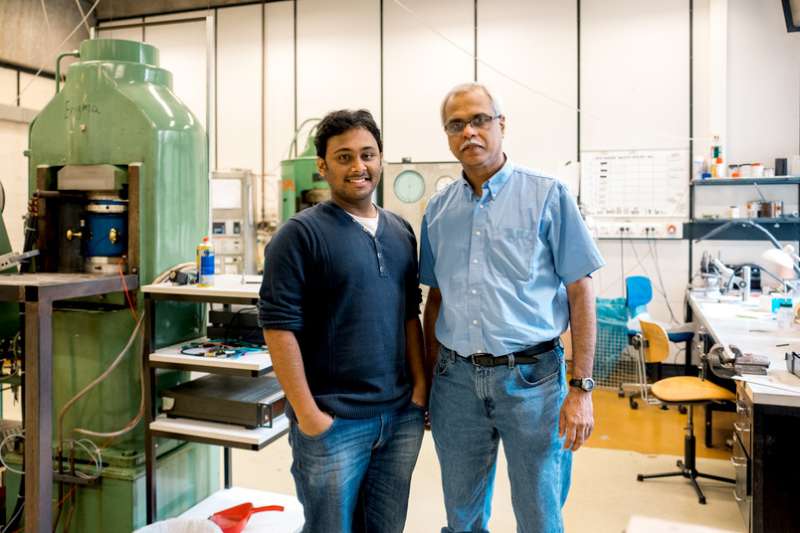How continents were recycled

Plate tectonics shape the Earth's dynamic surface. But when did these dynamics first emerge? And will the present-day continents last forever?
Researchers from Germany and Switzerland have used computer simulations to analyse how plate tectonics evolved on Earth over the last 3 billion years. They show that tectonic processes have changed over the course of time, and demonstrate how those changes contributed to the formation and destruction of continents. The model reconstructs how present-day continents, oceans and the atmosphere may have evolved.
Priyadarshi Chowdhury and Prof Dr Sumit Chakraborty from Ruhr-Universität Bochum, together with Prof Dr Taras Gerya from the Swiss Federal Institute of Technology in Zürich (ETH) published their work in the journal Nature Geosciences.
Hotly disputed: when did plate tectonics emerge?
The Earth formed approximately 4.5 billion years ago. During one or more phases, the planet was mainly composed of molten rock. As it cooled, solid rock and the Earth's crust formed. Generally speaking, there are two types of crust on Earth: a lighter continental crust that is rich in silicon and constitutes the dry land above sea level, and a denser oceanic crust where water gathers in the form of large oceans. "These properties render the Earth habitable," says Sumit Chakraborty. "We haven't found anything comparable anywhere else in the universe."
Even though the young Earth did have continents and oceans, it is possible that there were no plates initially, and consequently, no plate tectonics. The question of when they emerged is much disputed. The Earth's crust slowly assumed its present dynamic form; in some places, the plates reach into the mantle; in other places, new plates form from the hot material that rises from the interior of the Earth.
Also, the question of when plate tectonics first emerged is not the only one that remains unanswered—it is also unclear whether that process has always been the same and whether continents last forever or are recycled. These are the questions that the German-Swiss research team investigated. Their new thermomechanical computer model supports the growing notion that perhaps plate tectonics was already operating approximately 3 billion years ago. More uniquely, the study demonstrates how the Earth's earliest continental crust—richer in iron and magnesium—was destroyed some 2-3 billion years ago, and how the present continental crust—richer in silicon—formed from it.
Continental recycling is the order of the day
On the young Earth, continents were continually recycled. Continental recycling still occurs today when two continents collide, but it progresses more slowly and in a different manner than it used to. "Over time, the continental crust became prone to preservation during continent-continent collision," says Priyadarshi Chowdhury. On the early, still hot Earth, thin layers peeled off from the Earth's crust, whereas on the present-day Earth, chunks of the continental crust break off in the collision zones, i.e. in places where one plate moves under another.
The researchers assume that the destruction of the early iron-magnesium-rich continental crust was crucial for the formation of the silicon-rich continents, and that was the reason why these continents could rise above sea level to a larger extent. "These changes to the continental character might have contributed to the Great Oxygenation Event on Earth—and consequently to the origin of life as we know it," says Chowdhury.
More information: Priyadarshi Chowdhury et al, Emergence of silicic continents as the lower crust peels off on a hot plate-tectonic Earth, Nature Geoscience (2017). DOI: 10.1038/ngeo3010
Journal information: Nature Geoscience
Provided by Ruhr-Universitaet-Bochum



















